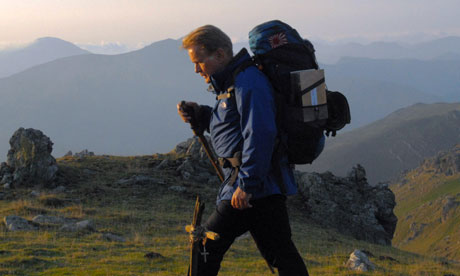 Last week we had a Scrum Master
Gathering: 60 people from 8 countries and 5 different companies meeting to
discuss and share thoughts about Agile coaching, one of the most challenging
and yet the most exciting jobs in the world, during 2 days of learning, sharing
and fun.
Last week we had a Scrum Master
Gathering: 60 people from 8 countries and 5 different companies meeting to
discuss and share thoughts about Agile coaching, one of the most challenging
and yet the most exciting jobs in the world, during 2 days of learning, sharing
and fun.
The first day was a full collaborative and self-organizing
day, where everybody could contribute to the emerging agenda by proposing an
Open Space about burning topics to share or issues they wanted help about from
a fellow coach.
The second day was instead about Gamification and Learning Lean: a
day of creative sessions to bring back home a number of brand new games to teach the Lean Discplines from Mary and Tom Poppendieck’s book.
In fact true Lean Software Development requires that coaches help their teams
achieve the necessary mind shift and find new ways of doing things. There is
scientific evidence that one of the best ways to learn is by playing: that’s
how kids learn and learn fast. And gamification is just the process of using game
thinking and game mechanics to solve problems and engage audiences.
But creating a game is not easy; it requires a number of
steps to define the main elements:
- What is the Goal of the
game?
- Which Mechanics do you
like to use? (e.g. levels, points, badges, mission)
- What are the Rules of the
game? Are they clear and not ambiguous?
- How many Players does the
game require?
- How much Time is necessary?
A couple of us decided to pick a Lean discipline nobody had
selected, being one of our favorites instead: Defer Commitment aka Decide as
Late as Possible.
Inventing a game to teach this subject didn’t look so straightforward
in the first place, but, being this discipline all around ability to keep your
options open until the Last Responsible Moment and live
with uncertainty, we decided to take inspiration from Real Options.
What are Real Options? I suggest you to have a look at this article
to start understanding a bit more.
The authors explain that in the SW development world, we can learn the following from the
Financial Option maths:
- Options have value.
- Options expire.
- Never commit early unless you know why.
Starting from these considerations, we created a game based on “Guess
who?”
You know? The famous game where you must figure out the name
of a mysterious character based on the information you manage to get by means
of Yes/No questions.
Let me share how it works and the different components:
- Goal
The Goal is the same as the
original game “Guess who?” except for having to reach it within a time box of 1
minute
- Mechanics
The game mechanics is based on
Points: you start a round from a total of 40 points; each question is costing 5
points. If your answer is wrong you get no point. Who gets more points in 2
rounds wins.
- Rules
- Each rounds is time-boxed
to 1 minute, which represents the Last Responsible Moment to take the
decision and guess who is the character chosen by the other party
- You start from an amount
of 40 points and can give your guess at any time before the 1 minute
timer expires
- You can guess right away
without asking any question: if you’re right you get 40 points
- Or you can ask how many Yes/No
questions you want to get information about the mystery man within the 1
minute time-box. Each question costs 5 points, so if you ask only one
question and you’re right with your guess, you get 35 points
- If you’re wrong, you get
no point, so asking questions has a cost, but reduces the risk of failure
- All questions have the same cost, so it’s up to the asker find the proper question to maximize the amount of information and knowledge you can get
- Number of players
At least two: either individuals
or teams
- Time
2 rounds of 1 minute for each
player + 10 minutes debriefing at the end
The final debriefing is meant to let the players reflect on
the game, conceptualize the experience and get all learning out of the proposed
metaphor, i.e.:
- Exactly as “Guess who?” SW
development is a discovery process based on the scientific method: make an
hypothesis and verify it through empirical learning
- Options have an expiry
date: the Last Responsible Moment
- Keeping your options open
until that moment has a cost, but minimizes dramatically the risk of
failure
- Since each experiment (like each iteration in Scrum) has the same cost, the key to get faster to success is always to run the most valuable experiment, the one which gives you more information
Hope now you got curious to try it out. Let me know how it
works.

